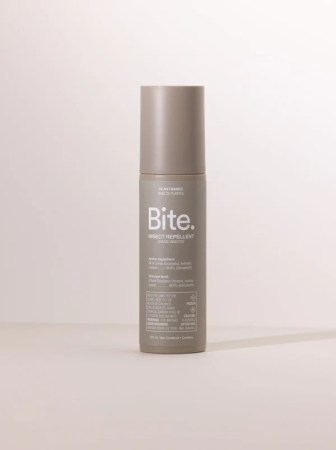Most of us get squeamish at the idea of any creepy crawler on our body, but bugs like ticks are more than just an outdoor nuisance. They also carry serious diseases and other pathogens that can transfer to their unlucky prey.
There are over 40 tick species in Canada but the primary tick-borne disease of concern, Lyme disease, is contracted from the blacklegged tick. These annoying arachnids can be difficult to detect — a full-grown adult is about half a centimetre long, approximately the size of a sesame seed, whereas a nymph can be as small as a poppy seed.
According to the Government of Canada, there were more than 2,540 cases of Lyme disease reported in 2023 and blacklegged ticks are spreading to new areas due to climate change. Prevention methods are thus critical to avoiding tick bites and preserving health.
Where to find ticks
“Blacklegged ticks are likely to be in cool, damp environments,” said Justin Wood, founder at Geneticks, a private lab in Canada that tests ticks for Lyme disease. They may hide out in low shrubberies and grassy and wooded areas as well as in leaf litter, wood piles, and any protected areas where they’re not going to get too hot from the sun or get too cold when temperatures dip, he said.
Ticks will wait for their hosts to walk by—detecting CO2, body odours, body heat, moisture, and vibrations—then will reach out to latch on.
How to prevent tick bites
“Mostly what we recommend to people is, if you’re going to be in tick areas, try to wear light coloured clothing that covers as much of your body as possible” so that you can more easily see them and remove them, said Wood. It’s also recommended to tuck your pants into your socks to prevent ticks from getting underneath clothing.
Bug sprays that contain ingredients like icaridin, also known as picaridin, work really well so it’s generally recommended people use those as well on any exposed skin, he said. “Some people will use permethrin-soaked or permethrin-sprayed clothes which is a repellent that you don’t put on your skin but tends to repel ticks,” said Wood.
When you come back from the outdoors, Wood recommends putting your clothes in the dryer for 15 to 20 minutes on high, which will kill ticks. Then be sure to do a very thorough tick check in a full body mirror to ensure ticks aren’t embedded or crawling anywhere. It can be helpful to have a loved one help look in areas not easily visible such as the scalp, back, armpits and groin area.
What to do if a tick bites
“The first thing to do is to not panic. That’s number one because when people panic, they tend to remove them incorrectly and removing ticks incorrectly can actually increase the chances that they transmit pathogens to the host,” said Wood.
Stay calm, and then safely remove the tick. “The best way to do that is with a pair of fine-tipped tweezers,” said Wood. Grasp the tick as close to the skin as possible — trying not to squeeze the body — and pull it up and straight out of the skin. He explains it can be a tricky process because ticks can embed themselves so some pressure may be needed while trying not to shear off its mouthpieces or leave any remnants of the tick behind.
Once the tick is removed, you can place it in a sealable plastic bag or container. You may consider consulting a physician, who can administer medical treatment such as antibiotics, or you can have the tick tested for pathogens to determine if treatment is necessary. Wood said that turnaround for testing ticks at Geneticks is typically 24 to 48 hours.
Popular products that can help keep ticks away



